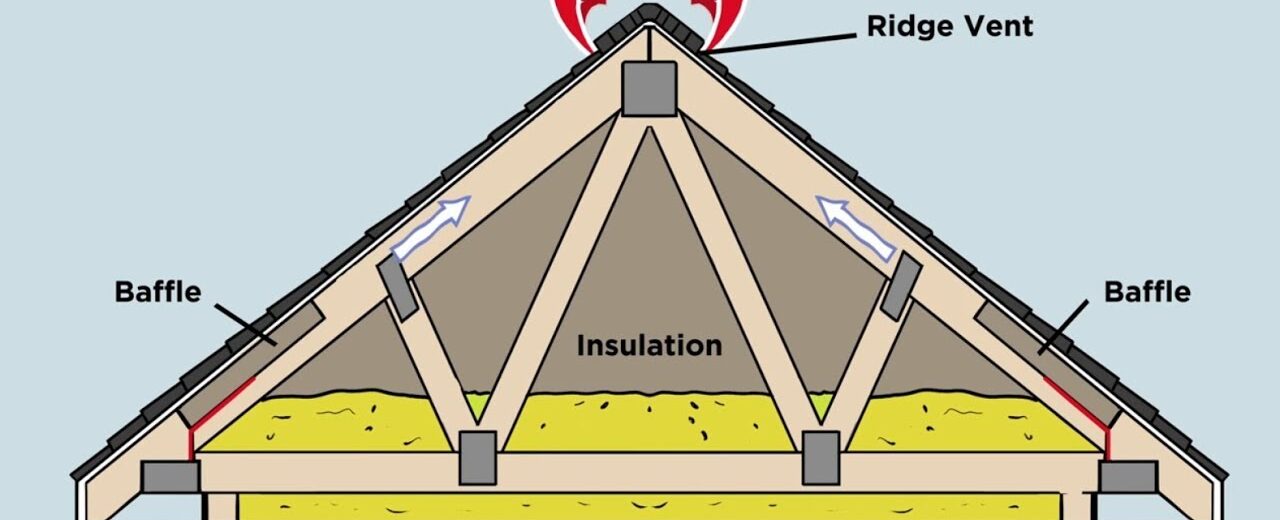When protecting one of the most important investments you’ll ever make—your home—your roof plays a vital role. Yet, many homeowners overlook a crucial component of their roof’s longevity: proper ventilation. Without a well-ventilated roofing system, you may face many problems that could have been avoided. Let’s explore why adequate roof ventilation is essential for maximizing your roof’s lifespan.
Regulating Temperature and Moisture Levels
A roof’s ventilation system maintains a consistent flow of air in and out of the attic space. This air circulation prevents heat and moisture from building up under your roof. In warmer months, ventilation helps release trapped heat, keeping your attic and home cooler. This reduces the strain on your cooling systems and helps prolong the life of roofing materials that might otherwise be damaged by excessive heat.
Proper ventilation during colder months prevents moisture from accumulating in the attic. When warm, humid air from inside your home rises and encounters cold surfaces in the attic, it can condense into water droplets. Over time, this moisture can lead to wood rot, mold growth, and deterioration of roofing materials—ultimately shortening the lifespan of your roof.
Preventing Ice Dams and Water Damage
In areas prone to cold winters, inadequate roof ventilation can contribute to the formation of ice dams. Ice dams occur when the heat from your home escapes into the attic, causing snow on the roof to melt. The melted snow then runs down to the colder edges of the roof and refreezes, creating a barrier that traps more water behind it. This trapped water can seep under shingles, leading to leaks, water damage, and costly repairs.
A properly ventilated roof keeps the attic cooler in winter, preventing uneven snowmelt and helping to eliminate the conditions that cause ice dams. By maintaining a balanced temperature, ventilation helps protect the roof’s structural integrity and reduces the risk of water damage over time.
Extending Shingle Lifespan
Excessive heat and moisture trapped under the roof can directly impact shingle performance. Heat can cause shingles to become brittle and more susceptible to cracking. Over time, this can compromise the roof’s ability to keep out water, leading to leaks and further damage.
Moisture, conversely, can weaken the adhesive bond that holds shingles in place, increasing the likelihood of shingles lifting or blowing off during storms. Proper ventilation reduces these risks, ensuring your shingles last as long as possible.
Improving Indoor Air Quality
A well-ventilated roof also contributes to better indoor air quality. By allowing fresh air to circulate through the attic, ventilation helps prevent the buildup of mold, mildew, and musty odors that can seep into your living space. This protects your roof’s structure and promotes a healthier environment for your family.
Conclusion
In the end, proper ventilation isn’t just a minor detail—it’s a key factor in preserving the integrity of your roof. By managing temperature, reducing moisture buildup, preventing ice dams, extending shingle life, and improving indoor air quality, a well-ventilated roof helps ensure your home remains protected for years. Investing in adequate ventilation is investing in the long-term health of your roof, home, and peace of mind.


